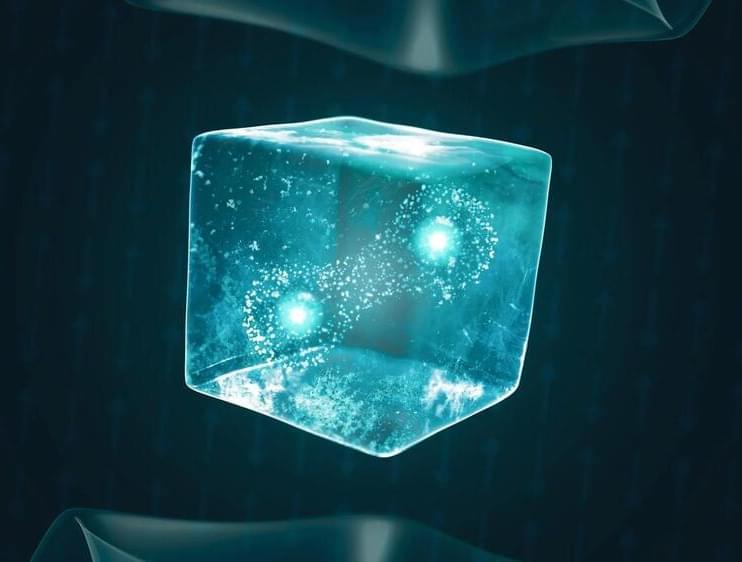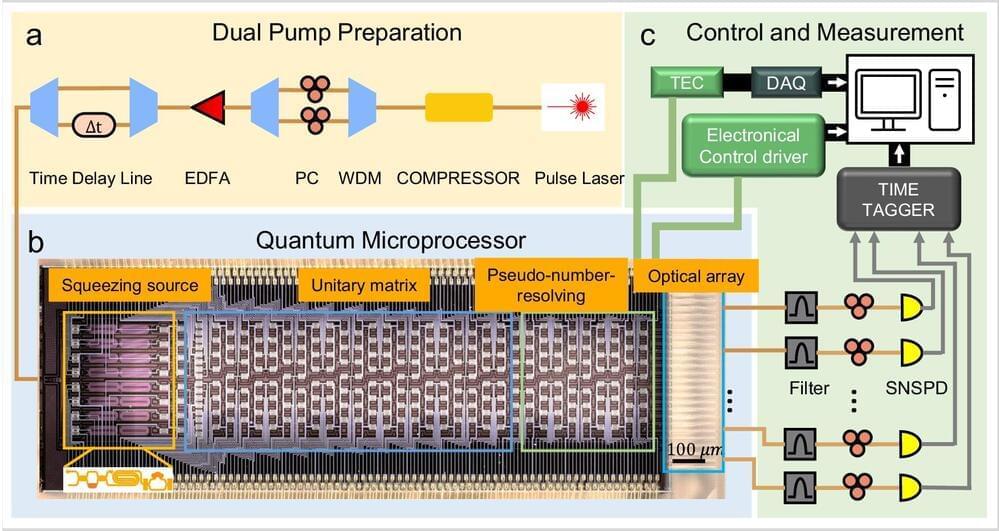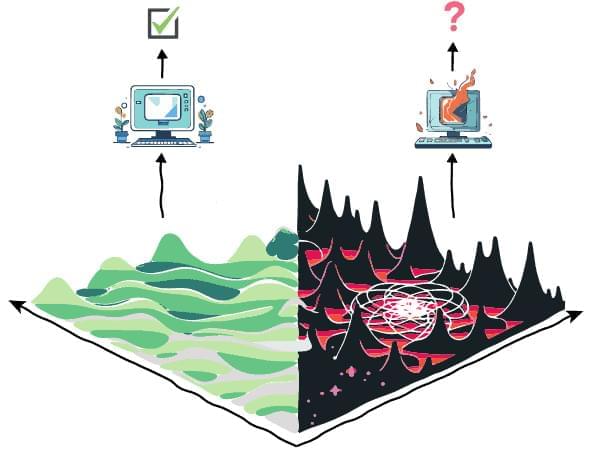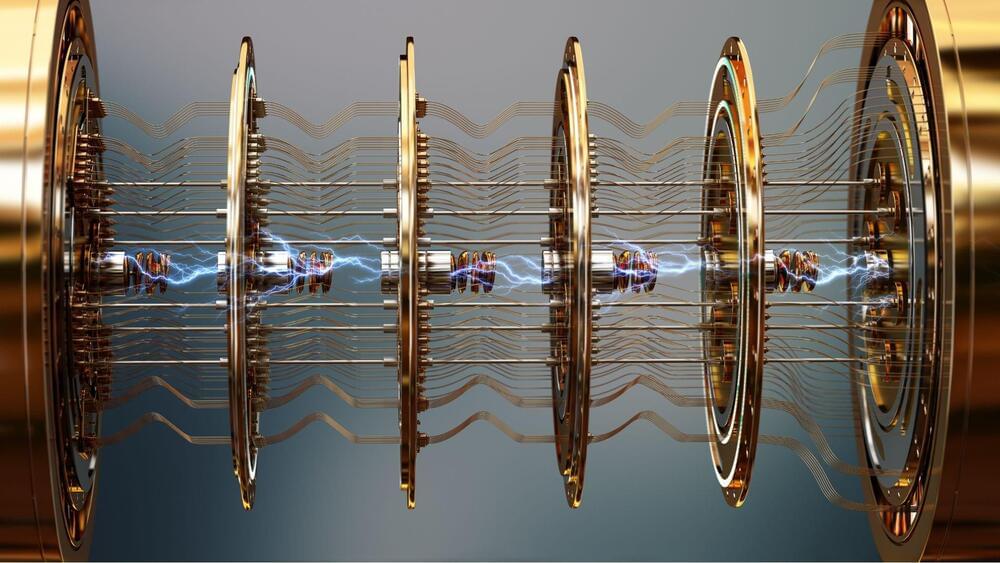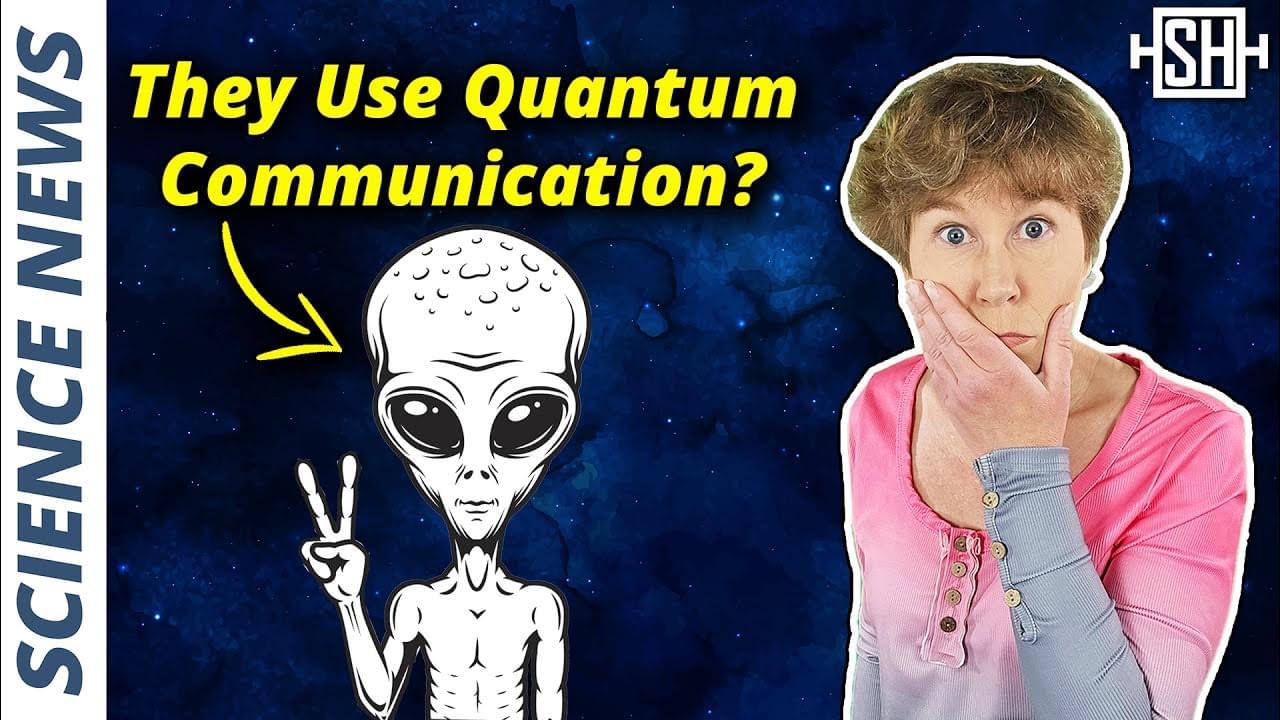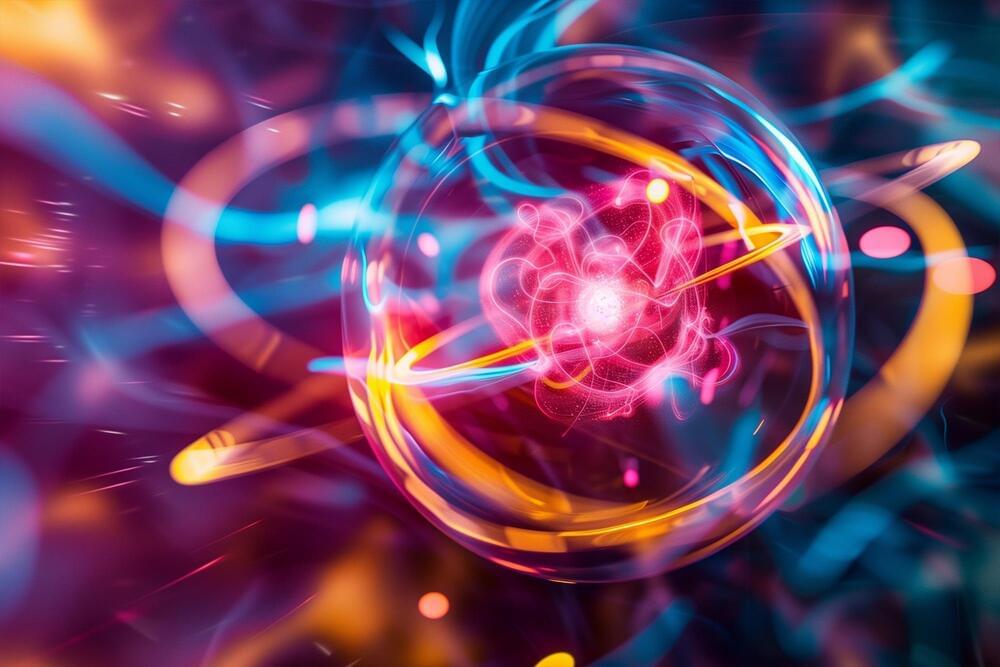Aug 20, 2024
Quantum Leap in Superconductivity As Electrons Pair at Higher Temperatures
Posted by Genevieve Klien in categories: computing, quantum physics
Superconductors, known for enabling lossless electrical conductivity and even magnetic levitation, typically function only at extremely low temperatures. Recent research has identified electron pairing, a core superconductor behavior, in materials at higher-than-expected temperatures, such as an antiferromagnetic insulator.
This discovery by SLAC and Stanford researchers could lead to new ways to develop superconductors that operate closer to room temperature, potentially revolutionizing technology in many fields including quantum computing and transportation.
Exploring the Enigma of Superconductors.
